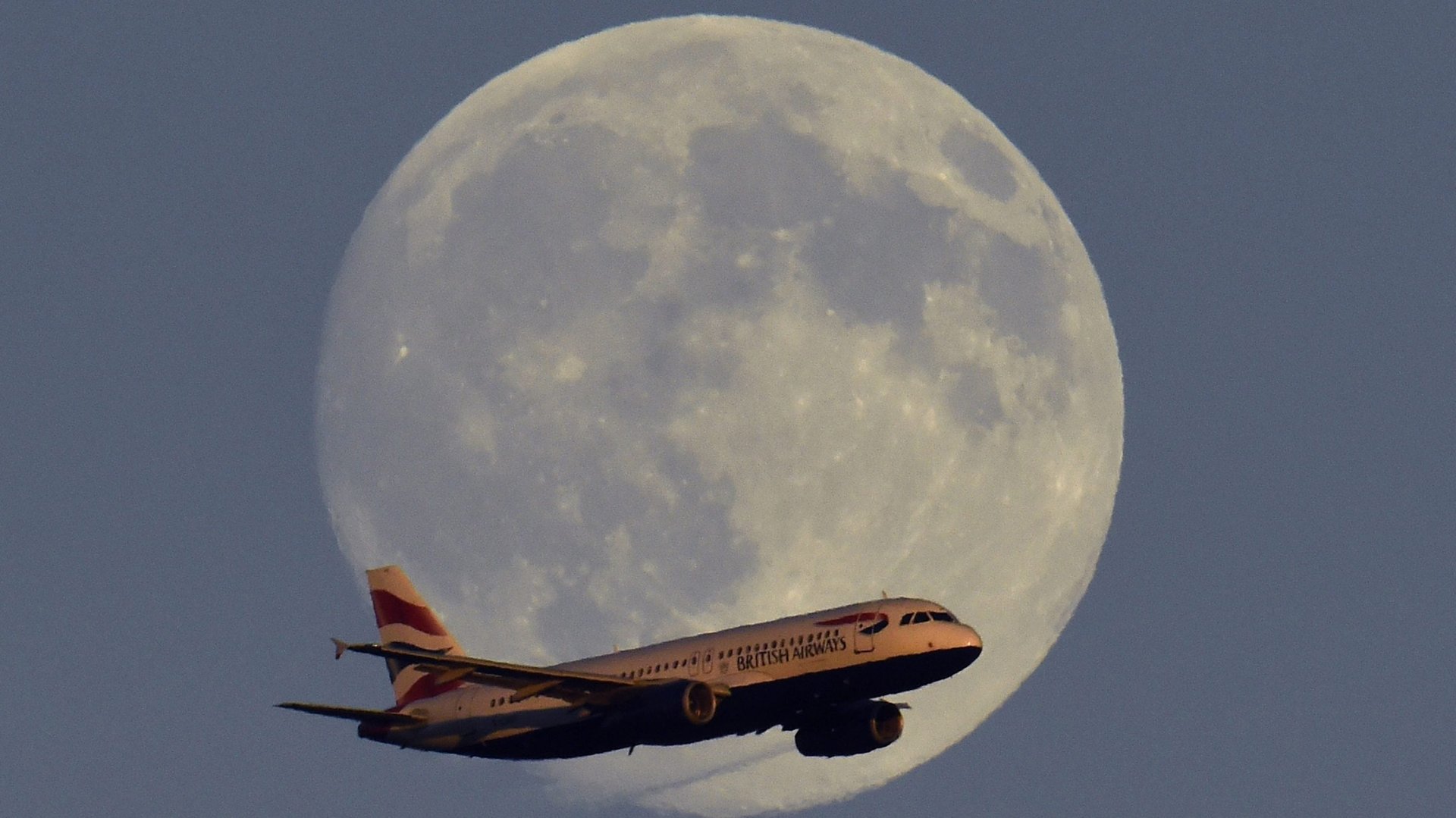It’s actually way easier than you think to board the wrong flight
Model and prolific tweeter Chrissy Teigen once again delighted the internet yesterday, as she live-tweeted a both maddening and surreal travel experience: An All Nippon Airways (ANA) flight from Los Angeles International to Tokyo’s Narita airport turned around and went back to LA, four hours into the trip. The reason? One of the passengers on board was not on the flight’s manifest.


Model and prolific tweeter Chrissy Teigen once again delighted the internet yesterday, as she live-tweeted a both maddening and surreal travel experience: An All Nippon Airways (ANA) flight from Los Angeles International to Tokyo’s Narita airport turned around and went back to LA, four hours into the trip. The reason? One of the passengers on board was not on the flight’s manifest.
While inconvenient, flight turn-arounds are not completely uncommon. According to the New York Times, “In the last 24 hours, Flightradar found that 10 flights (of about 150,000) had returned to their origin, for reasons including mechanical issues, weather, a disabled aircraft at the destination airport and, of course, a confused passenger.” Why the pilot turned around the ANA flight—rather than continue on with the trip and deal with the errant passenger on the other end—isn’t entirely clear. But an airline statement affirmed the pilot’s judgement call, saying that it was in keeping with security protocol.
In response to the incident, the internet has been fixated on how, exactly, someone could possibly board the wrong flight. In the era of overzealous security, multiple passport and boarding pass checks, and endless PA announcements pre-boarding, could that many things really go wrong?
The answer, in short, is yes, they can—and they often do.
In terms of Teigen’s flight, JT Genter of The Points Guy (TPG) speculated that the two brothers in question—one of whom had a valid ANA boarding pass, the other a United boarding pass for a flight departing at a similar time—might have intentionally attempted to trick the airline. But according to the Washington Post, an FBI investigation of the incident found no reason to make an arrest, indicating that human error—rather than ingenuity—was most likely at fault.
That’s often the case when people board the wrong flight. Earlier this year, a gate change announcement for a United flight from Newark to Paris was made exclusively in English, leaving out the language of destination. A passenger who spoke no English missed the gate change announcement entirely and proceeded to board a flight to San Francisco instead of Charles De Gaulle. It’s unclear whether United workers failed to scan her boarding pass, or if they allowed her to board even if her boarding pass produced a fault. Either way, they messed up. Then, when someone was in the passenger’s seat when she boarded the plane, the flight attendant did not ask to see her boarding pass—but rather, just told her to grab an empty seat. From a security perspective, as The Economist put it, “airlines do not deter terrorism by making sure everyone is on the right plane.”
As Teigen pointed out as part of her tweet-storm, incidents like these make one wonder if the boarding-pass scanner at the airport is just a “beedoop” machine.
In reality, the level of diligence in checking passengers’ documents is determined by the airline, not the machine. As prominent aviation blogger Gary Leff once pointed out on his blog View From the Wing, many domestic American airlines only check boarding passes at entrance to the jet bridge, not at the aircraft door as well, which leaves more room for error.
Mystery still looms over what went wrong on the ANA flight—and Teigen is not done demanding answers. But the lesson is clear: There are less fail-safes standing between you and the wrong destination than you think.